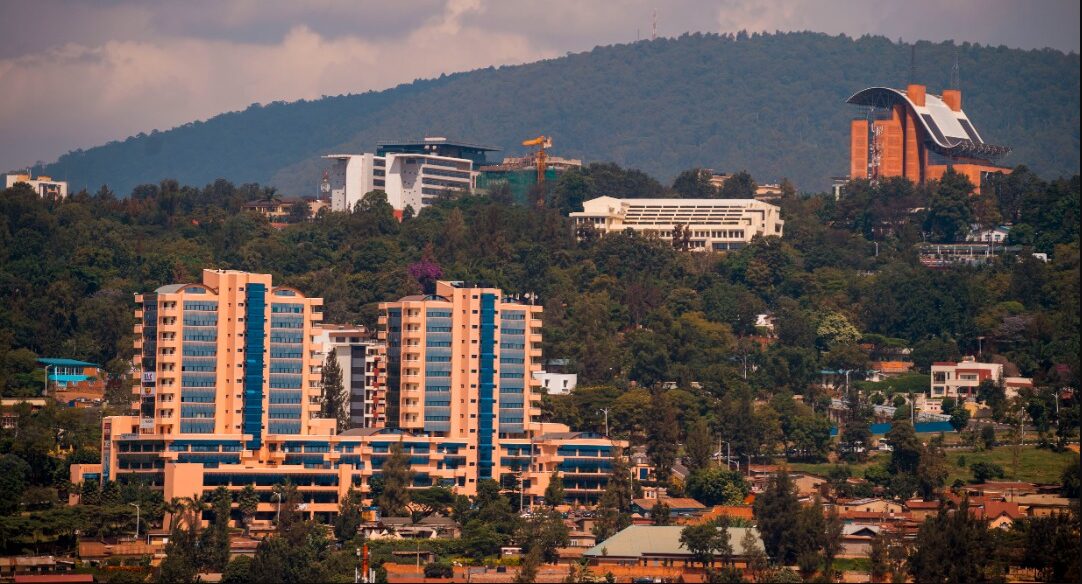
Three days or so ago, the Rwanda Central Bank’s Monetary Policy and Financial Stability Committees (MPC) held their second statement, to share with the country, a snapshot of economic performance in the first half of the year, and a projection of how it is likely to unfold, in the remaining period of this year. One of the main themes seemed to be a wish that the committees’ deliberations should not only be “heard but understood.” What then do we understand about the economy between now and the next MPC statement?
For the journalists attending the MPC press conference, as for their different audiences, once the economic figures are announced, and communicated to the public, that is usually it for them, their job is done, and they move on to the next story. But in many ways, the MPC statement, should be the beginning of the story.
What do the figures mean for the various sectors of the economy, how do they translate into everyday layman’s language? How, if at all, should or can people adapt their behaviors, the better to make the most of whatever direction happens in which the figures might be pointing.
If for instance, one had a dollar for every time the Governor, John Rwangombwa, has had to explain, that the fall in inflation does not necessarily mean that the price for everyday goods will come down, one would be able to easily afford most of those goods. When we say inflation has fallen, he patiently repeats for the umpteenth time, we mean the rate at which the prices rise, not the prices themselves.
We are often told that we live in a global village. To the extent that this is true, it is never more so than in relation to the global economy. Like every other economy in the world, Rwanda’s is directly connected to the global economy as a whole. Accordingly, the Governor always begins the MPC presentation, with a roundup of global economic performance, as determined by international institutions, primarily the International Monetary Fund (IMF), and the World Bank.
We are reminded of the depth to which the Sars-Cov-2 pandemic, affected the global economy, as we see the world yet to recover fully from its effects. The recovery from the natural disaster, was of course, exacerbated by the self-inflicted wound of Russia’s invasion of Ukraine. That has meant a stable growth of the world economy at around 3%, which the Governor noted, is well below the historic performance of the global economy. The picture is similar for Sub Saharan Africa, largely due to the underperformance of Africa’s major economies, among them Nigeria, South Africa, Angola, and Ethiopia.
Both major shocks, the pandemic and Russia’s invasion of Ukraine, drove up global inflation, to double digits for many, leading to a tightening of monetary policy by the world’s central banks. In essence, they applied the breaks on the financing of economic activity, getting everyone to think twice, before borrowing and spending.
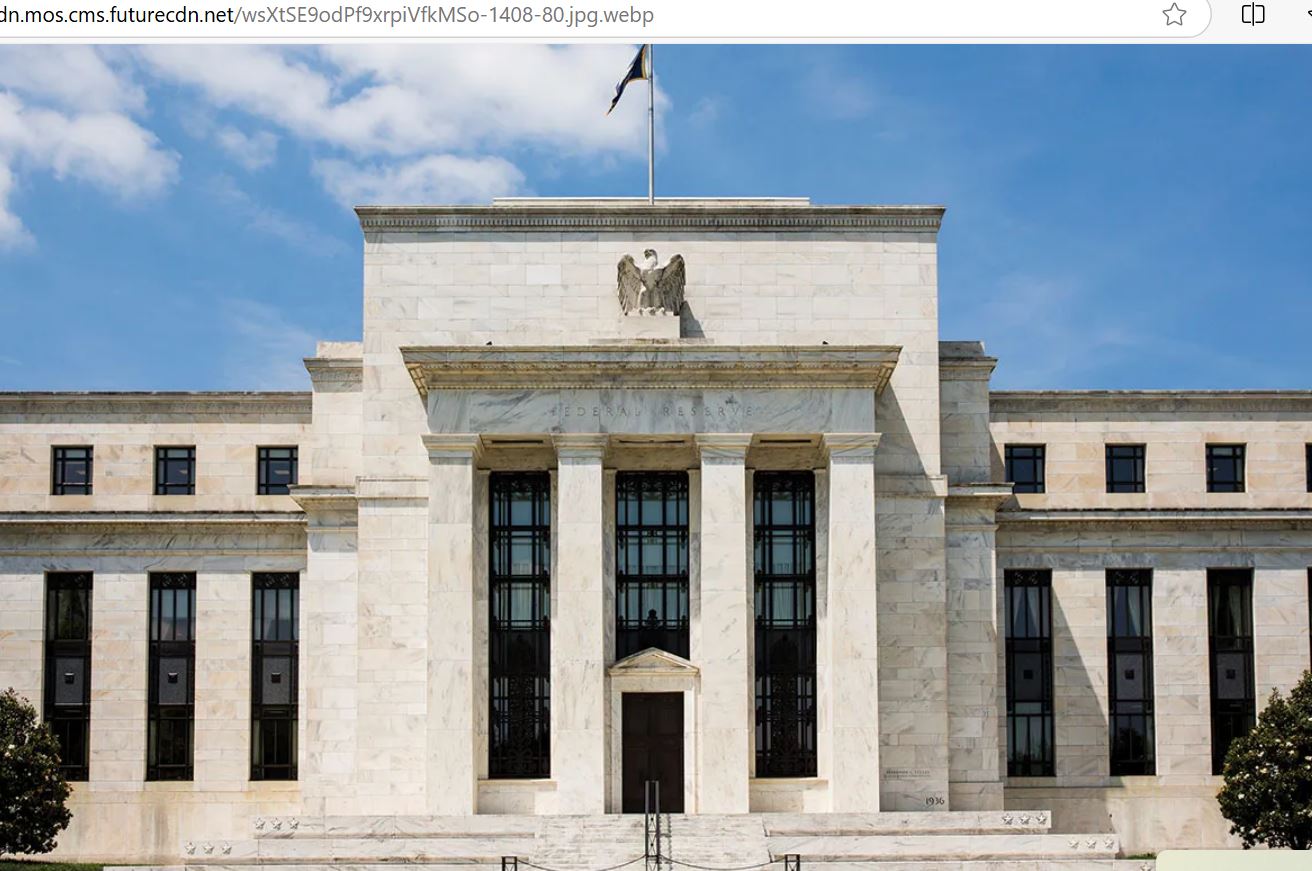
Federal Reserve Bank
With global inflation coming down, the world’s central banks, including the United States of America’s Federal Reserve Bank, which oversees the world’s biggest and most influential economy, have begun to reduce their policy rates.
A major part of any economy, is of course, exports, imports and the relationship between the two. These are in turn affected by commodity prices globally, energy prices in particular. Here, the news is good, with both energy and non-energy commodity prices decreasing steadily. And this will continue for the remainder of the year, and into next, barring any further unexpected global shocks. This has helped reduction in global inflation, from 6.7% last year, projected to 5.9% this year, and 4.4% next year.
Sub Saharan Africa inflation remains high, mainly again due to the poor performance of some of the biggest economies, Ghana, Nigeria, Ethiopia and others, but it too is coming down, 16.2% last year, projected to be 15.3%, this year, and 12.4% next year.
The key message from the MPC, is therefore that with the financial conditions easing, the world economy is slowly returning to the expected norm, but the sting in the tail is, assuming there are no further unforeseen shocks.
Rwanda’s economy has gone through dramatic fluctuations, growing by over 9% in 2019, only to plummet into negative growth, thanks to the impact of the pandemic, then recovering to over 10% growth in 2021, steadying around 8% last year, and a strong 9.8% this year, much higher than the originally projected 6%. The performance is driven by all the sectors, service, industry and agriculture, the latter showing a recovery from weak growth in 2022 and 2023.
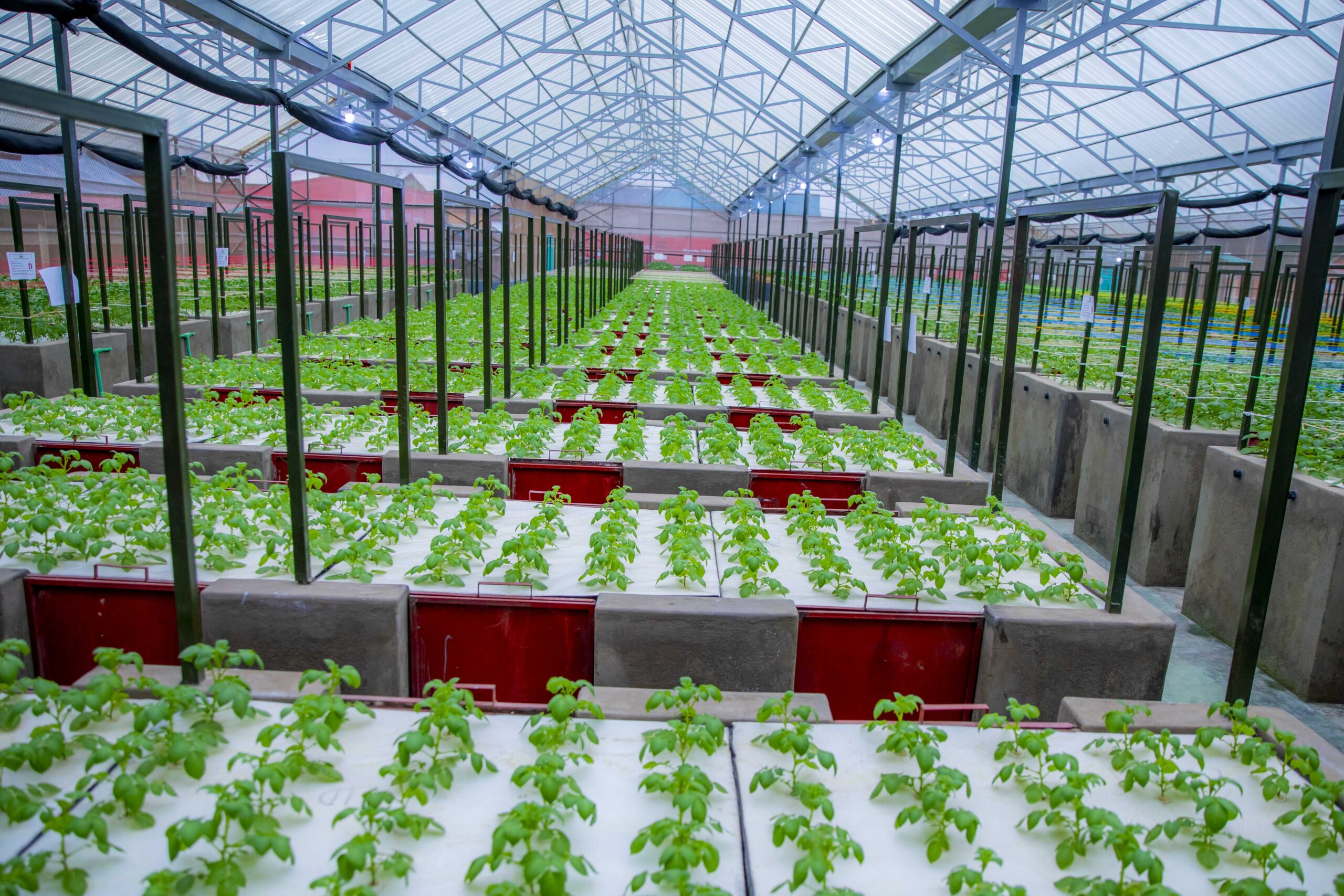
The picture is more complex and challenging in performance of the external sector. There is an imbalance in merchandise trade, or imported and exported goods. The growth of the economy leads to a greater demand for imports, which is not matched by increase in exports. This naturally affects foreign exchange earnings and the foreign exchange markets.
There are no easy ways of overcoming this challenge, and the Governor was clear that government together with the private sector, need to sustain efforts aimed at diversifying the economy, if this challenge is to be met.
Among the contributing factors to the merchandise trade imbalance, were the fall in commodity prices, especially the traditional exports of coffee, and the less traditional export of food stuffs exports to the region, mainly through the World Food Programme. But the only remedy remains diversification of the economic base.
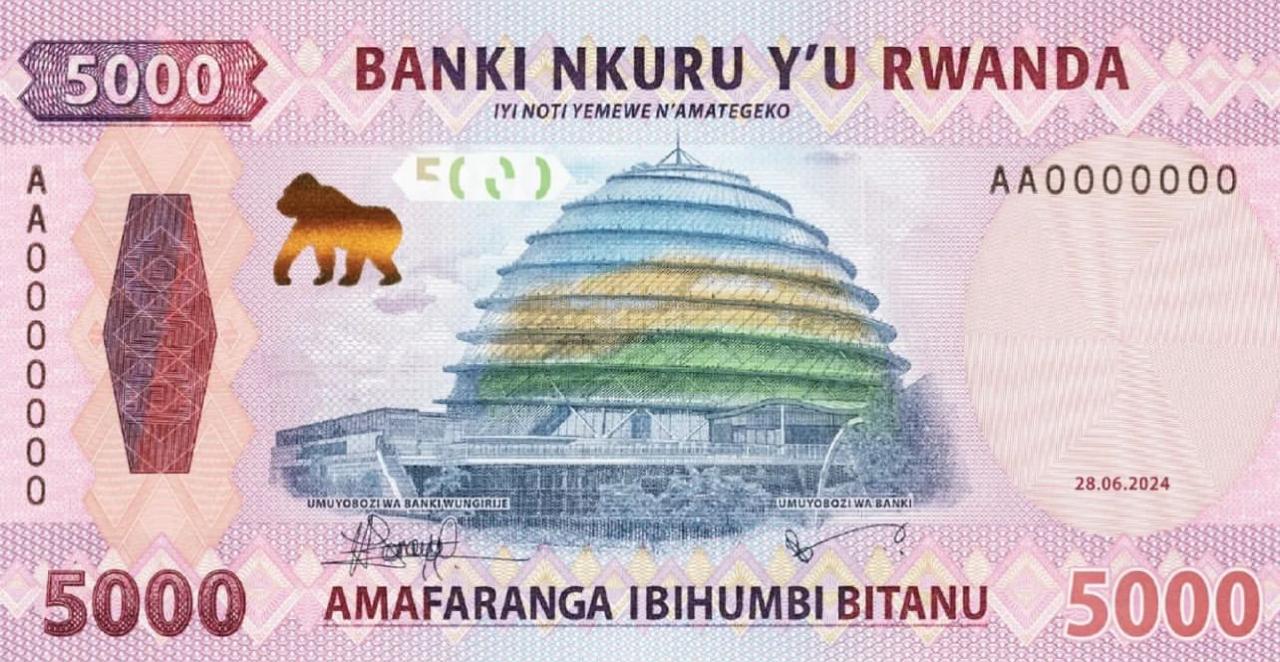
The trade imbalance also affected currency depreciation, but this was offset by the strong performance of the travel and tourism sector. Together with remittances, and Foreign Direct Investment (FDI), helped to bridge the gap. These, added to other inflows, contribute to healthy reserves, which have increased from 4.1 last year, to 4.7 months this year, expected to rise to 4.8 months next year, well above the recommended level for reserves.
The Bank has reduced interest to 6.5%, reflecting the fall in inflation, which has stabilised at the bank’s policy benchmark of 5%, expected to remain at that level for the rest of the year, and into the next. But these projections can change with any unexpected shocks in global conditions, which may lead to change in prices, as well as weather conditions that affecting agricultural production.
The health of the financial sector remains reassuringly predictable, but no less exciting for all that. Despite the challenges of the last five years, including the Sars-Cov-2 pandemic, Russia’s invasion of Ukraine, the financial sector continued its growth, with assets increasing to 20.8%, surpassing the five year average of 18%. While the banks remain the strongest sector, all other sectors registered good performances. This, of course, contributed to the overall performance of the economy. As well as being part of the economy, the financial sector also finances other economic activities.
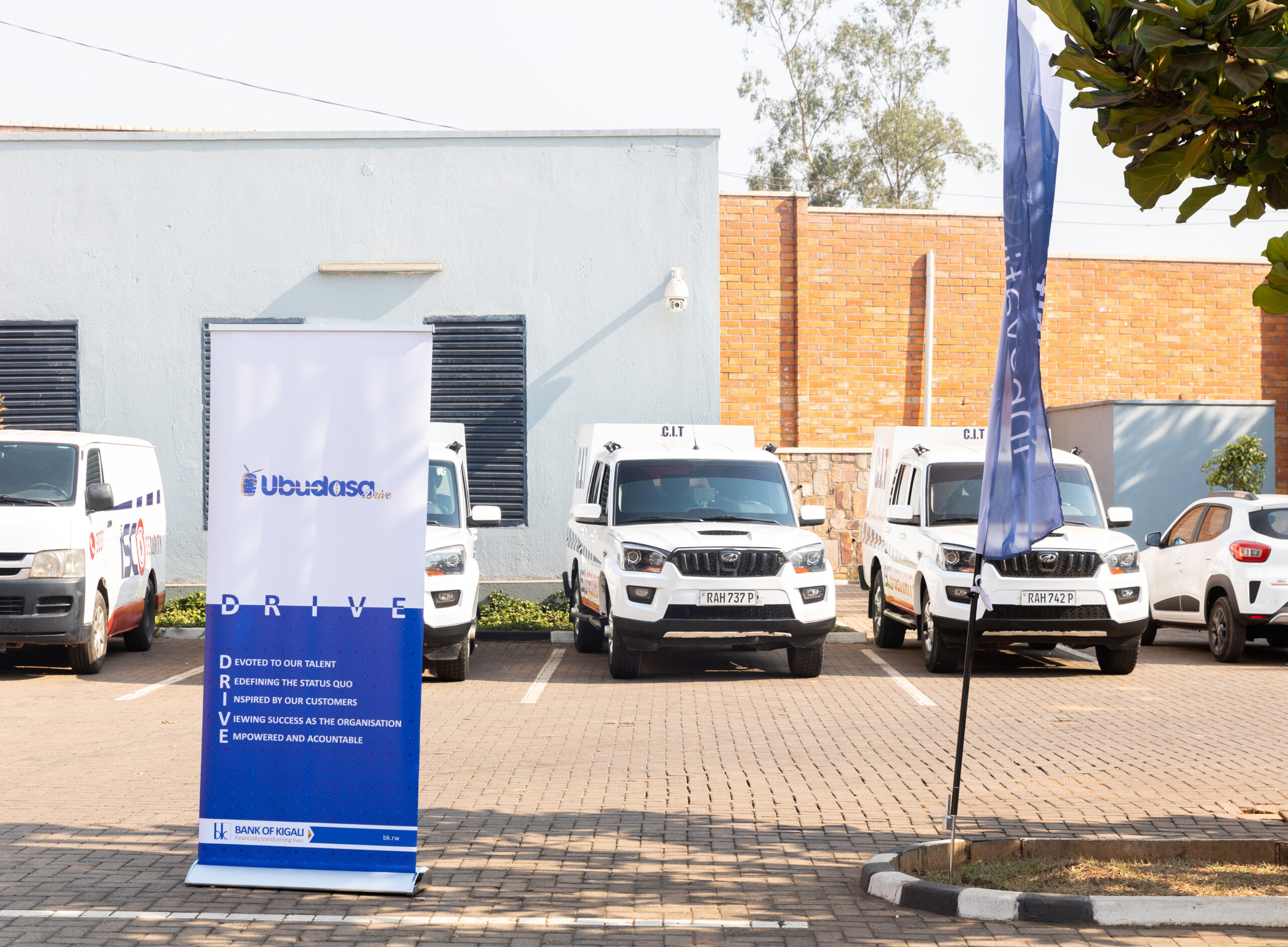
Rwanda’s banking industry is now one of the strongest in the region, well capitalised, above the regulatory requirements, to withstand any sudden shocks. It is a similar picture with Micro Finance Institutions.
The insurance sector is performing well overall, as far as stability and performance goes. Now that the sector is stable, the Governor challenged it to begin to broaden its reach, by creating new services, whether for individuals or businesses, and others.
Pensions, both the public fund of RSSB, and private schemes, have increased with better performance and assets.
Overall the financial sector continues to grow not only in performance, but in other areas, including cyber security, and protection from other risks, including climate related threats.

